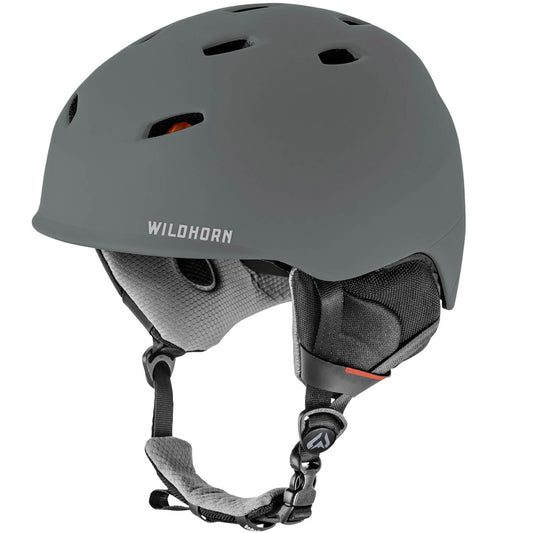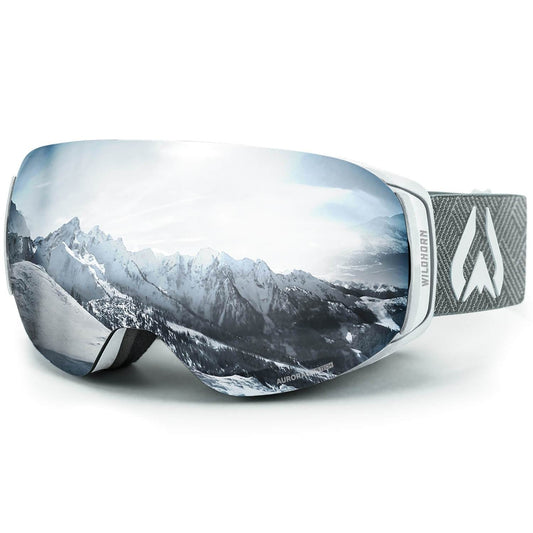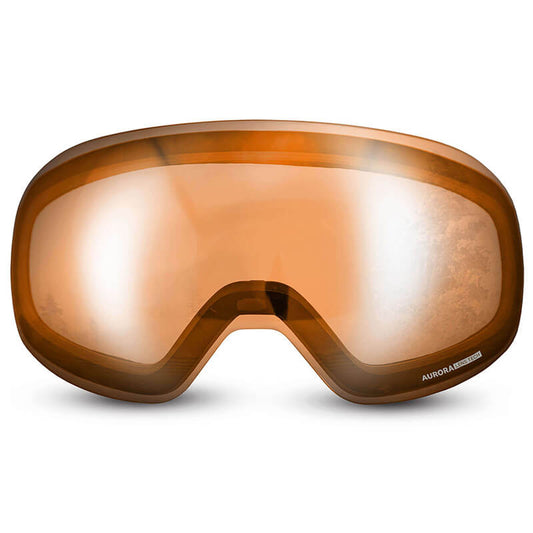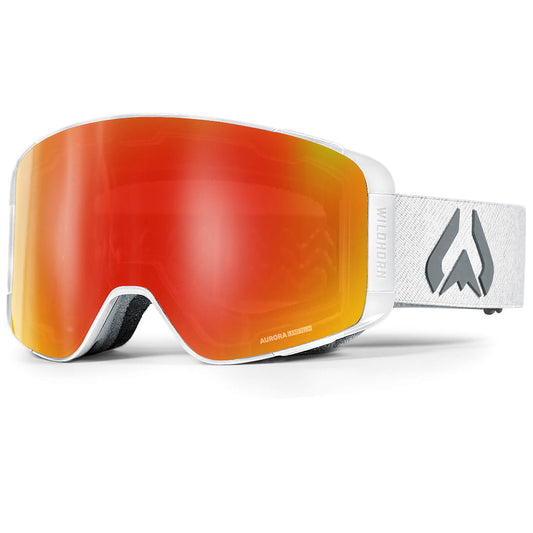Backcountry Skiing Guide: What to Know Before You Go.
By: Emily LedergerberIn the United States, an average of 27 people die in avalanches each winter, according to the Colorado Avalanche Information Center (CAIC). If you are planning to start backcountry skiing it’s imperative that you have the right knowledge and tools to keep you safe.
Avalanches can be predicted and you can avoid avalanche danger. If you know the signs and red flags that indicate poor snow and hazards, you can dramatically decrease your chances of getting caught in an avalanche. Knowledge about the snowpack, weather, and overall signs of unstable snow conditions are just a few of the factors that you will want to research before you head into the backcountry.
1. Take an AIARE Avalanche Safety Course.
An AIARE avalanche safety course is essential before you head out (AIARE 1). All backcountry winter activities including skiing, snowshoeing, winter hiking/backpacking, snowmobiling, etc. require a clear understanding of snow conditions to keep you safe and out of harm's way from avalanche danger.
You may see an avalanche course at your local gear shop, but it’s important that you take an AIARE certified course. These are the most comprehensive classes available. Each class is three days of class and field work and provide you with the knowledge needed to prepare you to carry out a backcountry trip. They provide basic decision making skills in the field and teach rescue techniques required to find a person buried in an avalanche.
Everyone traveling with you should take at least an AIARE 1 training class. Don’t allow a lack of training and knowledge put yourself and others at risk. Make it a mandatory. Make sure everyone in your group understands avalanche conditions and can save you if necessary.
2. Gear that can Save Your Life
You can’t rely solely on gear to save your life. Knowledge about conditions and snowpack is vital to your safety. Gear can help you increase your chances of survival if buried. There are three items you should ALWAYS have if traveling the backcountry. These items include:
-
Beacon (otherwise known as transponder)
A beacon is a transponder that you wear at all times while traveling in the backcountry. The transponder sends off a signal of your location so you can be found if trapped under the snow. When in search mode it also helps find others buried during a rescue. Never take take off your beacon while backcountry skiing. Any beacon is a good beacon as long as you know how to use it and it’s on. If you’re carrying a beacon and don’t know how it works, you shouldn’t be in the backcountry. Three-antenna options are better for multiple and deep burials and should be considered when purchasing your beacon. Don’t forget to check the batteries before you go and carry batteries with you just in case yours malfunctions.
-
Avalanche Shovel
An avalanche shovel is used to dig snow pits and check the snow conditions before skiing a line. The shovel is also used during search and rescue efforts to clear the snow from someone caught in an avalanche. When purchasing an avalanche shovel, consider a large blade and stout handle that you can easily put together and pack for a long day of backcountry skiing.
-
Probe
A probe is used for search and rescue to find a buried individual. Once you get a beacon signal for the person buried, you use the probe to find them in the snow. A 300 centimeter probe is the professional standard and the size you want to keep in your backpack.
Important note: Keep your shovel and probe in a backpack pocket that is easily accessible and separate from all of your other gear. If there is an emergency you need to access these tools as fast as possible.
Your beacon should always be on you rather than in your pack. The best way to wear it is just under your outermost layer so it cannot get pulled off your body if you get buried.
Additional gear considerations include:
-
Backpack and Airbag
Your pack should be at minimum 25 to 30 liters for enough space to pack your essentials. The security of an airbag can be an added safety measure (although you never want to rely on your airbag, especially if you get pulled through a terrain trap, etc.).
-
Wear your helmet while skiing
You may not tour with it, but it’s just as important to wear your snow helmet.
-
First Aid
A small first aid kit should always be kept in your pack. Bandages, gauze and cravats are good to have in case there is trauma or bleeding; as well as the necessary tools to create a quick splint if necessary. Also, consider adding a space blanket, bivy, and pocket CPR mask. -
Radio or cell phone
Although your cell phone should always be off when your beacon is on (even if it’s on airplane mode it can still interfere with your beaco’s signal), you should always have some sort of radio or cell phone to call for help. -
Snow Study Tools
A field notebook, crystal card, thermometer, pencil and magnifying loop are all tools that you should carry in order to check the snow while in the field. -
Other
A compass and multi-tool are also important to carry. Major components of backcountry skiing are wayfinding, understanding mountain aspects, and knowing where you’re at. A compass will help you wayfind, while a multi-tool will help if any of your gear or bindings break.
Every time you go backcountry skiing check your state and local avalanche reports (i.e. http://avalanche.state.co.us/ or https://utahavalanchecenter.org/) to see if it’s safe to go out. Just because it dumps, does not mean you should get out there and get with it. More often than not, you’ll want to let the snow settle to decrease avalanche danger prior to going. Even if the reports say the conditions are “green”, check the snow yourself to make sure you’re good to go.







